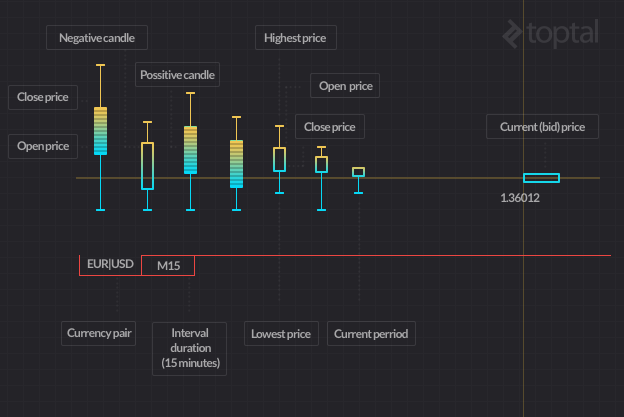 Nearly thirty years ago trading was characterized by trades conducted via telephone, institutional investors, opaque price information, a clear distinction between interdealer trading and dealer-customer trading and low market concentration. Today, technological advancements have transformed the market. Trades are primarily made via computers, allowing retail traders to enter the market, real-time streaming prices have led to greater transparency and the distinction between dealers and their most sophisticated customers has largely disappeared.
Nearly thirty years ago trading was characterized by trades conducted via telephone, institutional investors, opaque price information, a clear distinction between interdealer trading and dealer-customer trading and low market concentration. Today, technological advancements have transformed the market. Trades are primarily made via computers, allowing retail traders to enter the market, real-time streaming prices have led to greater transparency and the distinction between dealers and their most sophisticated customers has largely disappeared.
When you are new to trading it’s unlikely that algorithms are amongst the first things that cross your mind. The concept of algorithm trading (sometimes called algo-trading) is reasonably straightforward; it is really just a more technical way of referring to a form of automated trading. A single algorithm is simply the set of mathematical rules which a computer program follows to solve a specific problem. When applied to forex trading those problems usually centre around a combination of price, timing and volume.
Algorithmic trading is the process of using computers programmed to follow a defined set of instructions for placing a trade in order to generate profits at a speed and frequency that is impossible for a human trader. The defined sets of rules are based on timing, price, quantity or any mathematical model. Apart from profit opportunities for the trader, algo-trading makes markets more liquid and makes trading more systematic by ruling out emotional human impacts on trading activities.
Algorithmic trading may be used in any investment strategy or trading strategy including market making, inter-market spreading, arbitrage, or pure speculation (including trend following). The investment decision and implementation may be augmented at any stage with algorithmic support or may operate completely automatically. Many types of algorithmic or automated trading activities can be described as high-frequency trading (HFT), which is a specialized form of algorithmic trading characterized by high turnover and high order-to-trade ratios.
Many are calling for greater regulation and transparency in the forex market in light of recent scandals. The growing adoption of forex algorithmic trading systems can effectively increase transparency in the forex market. Besides transparency it is important that the forex market remains liquid with low price volatility. Algorithmic trading strategies such as auto hedging, statistical analysis, algorithmic execution, direct market access and high frequency trading can expose price inconsistencies which pose profitable opportunities for traders.







